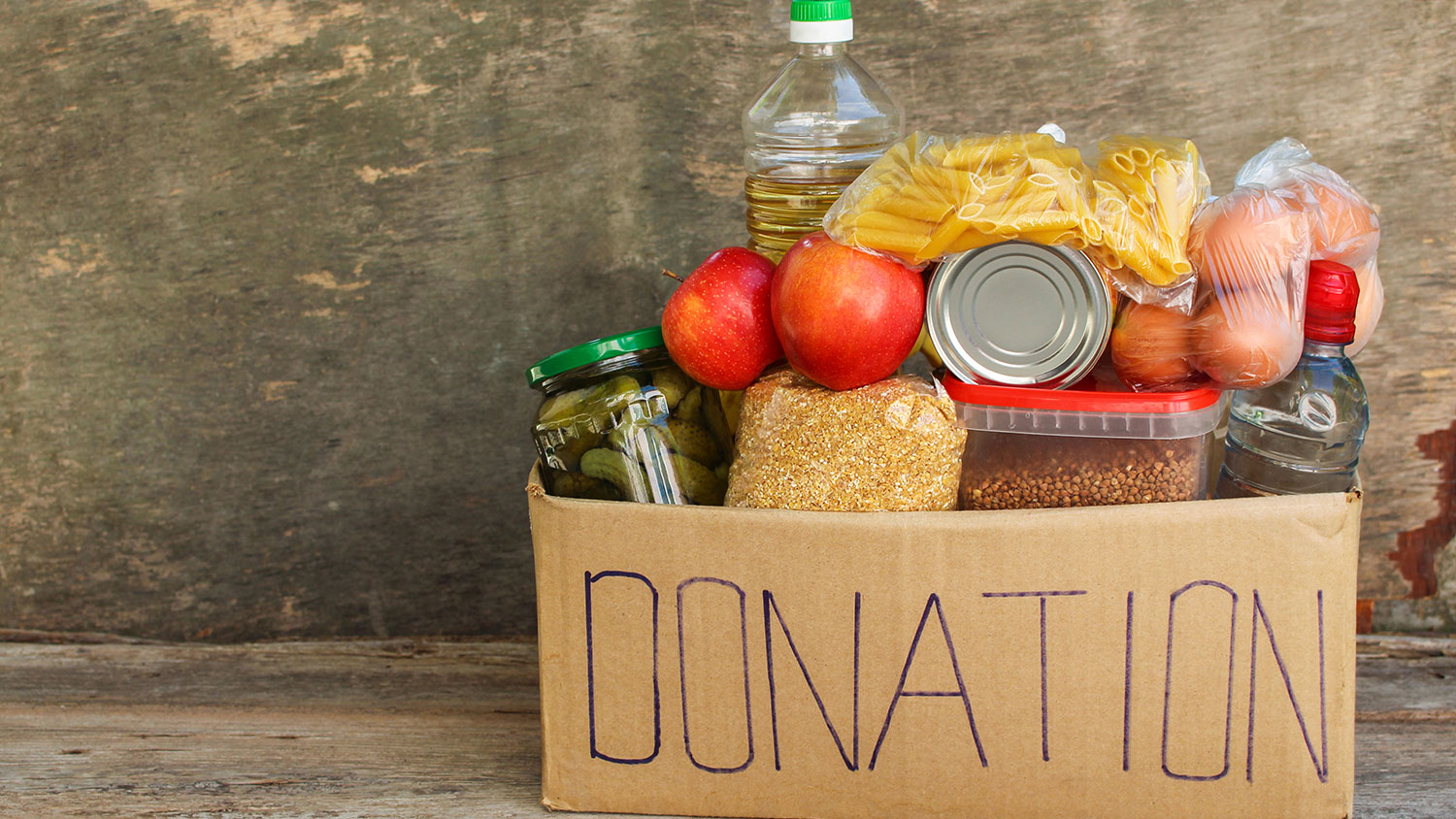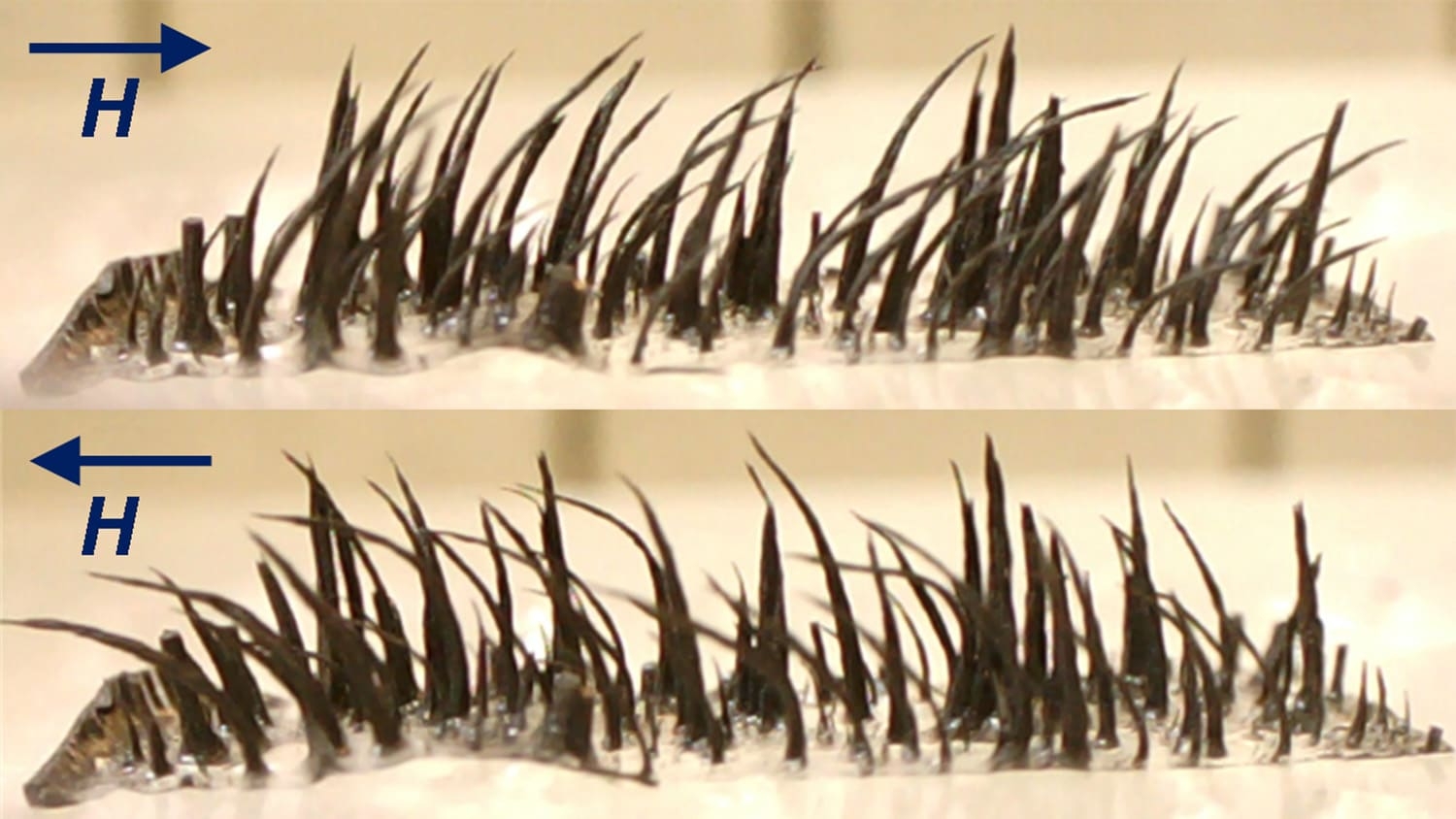Research improves food bank effectiveness, equity

Researchers in industrial and systems engineering have developed new computer models to improve the ability of food banks to feed as many people as possible, as equitably as possible, while reducing food waste.
Food banks serve as networks, collecting food from many different sources and distributing it to local agencies that then share it with people in need. The researchers, who launched this project eight years ago, quickly realized that there is a great deal of uncertainty in food bank operations. Supply and demand both fluctuate — which researchers anticipated.
“But we found that capacity — the ability of local agencies to collect, transport, store and distribute food — was also variable,” says Dr. Julie Ivy, a professor in the Edward P. Fitts Department of Industrial and Systems Engineering (ISE) and co-author of a paper on the work. “These agencies are often small and rely heavily on volunteers.
“Our goal was to develop models that account for uncertainty in a food bank network’s capacity and can help food banks distribute food efficiently and equitably — ensuring all of the regions served by the food bank are treated fairly — while minimizing food waste.”
“Our work here was conducted with the Food Bank of Central and Eastern North Carolina, but these are challenges that are common to most, if not all, food banks, as well as for national food collection and distribution networks, such as Feeding America,” says Dr. Irem Sengul Orgut, a former Ph.D. student at NC State and lead author of the paper. Orgut now works for Lenovo.
For this project, the researchers developed two models, which can be used in conjunction with each other. The first model uses historical data to establish ranges of how much capacity each county has. The model then uses those ranges, in conjunction with each county’s needs, to determine how food supplies should be distributed.
The second model takes into account each county’s need and capacity — or ability to distribute food in a timely way across counties before the food goes bad.
“Some counties have agencies with more volunteers, more refrigerated storage, or better transportation resources, allowing them to distribute more food before it goes bad,” says Dr. Reha Uzsoy, a co-author of the paper and Clifton A. Anderson Distinguished Professor in ISE. “But if those counties get all the food, it wouldn’t be equitable — other counties would suffer. The second model aims to find the best possible balance of those two factors.”
Return to contents or download the Fall/Winter 2018 NC State Engineering magazine (PDF, 3MB).
- Categories:


